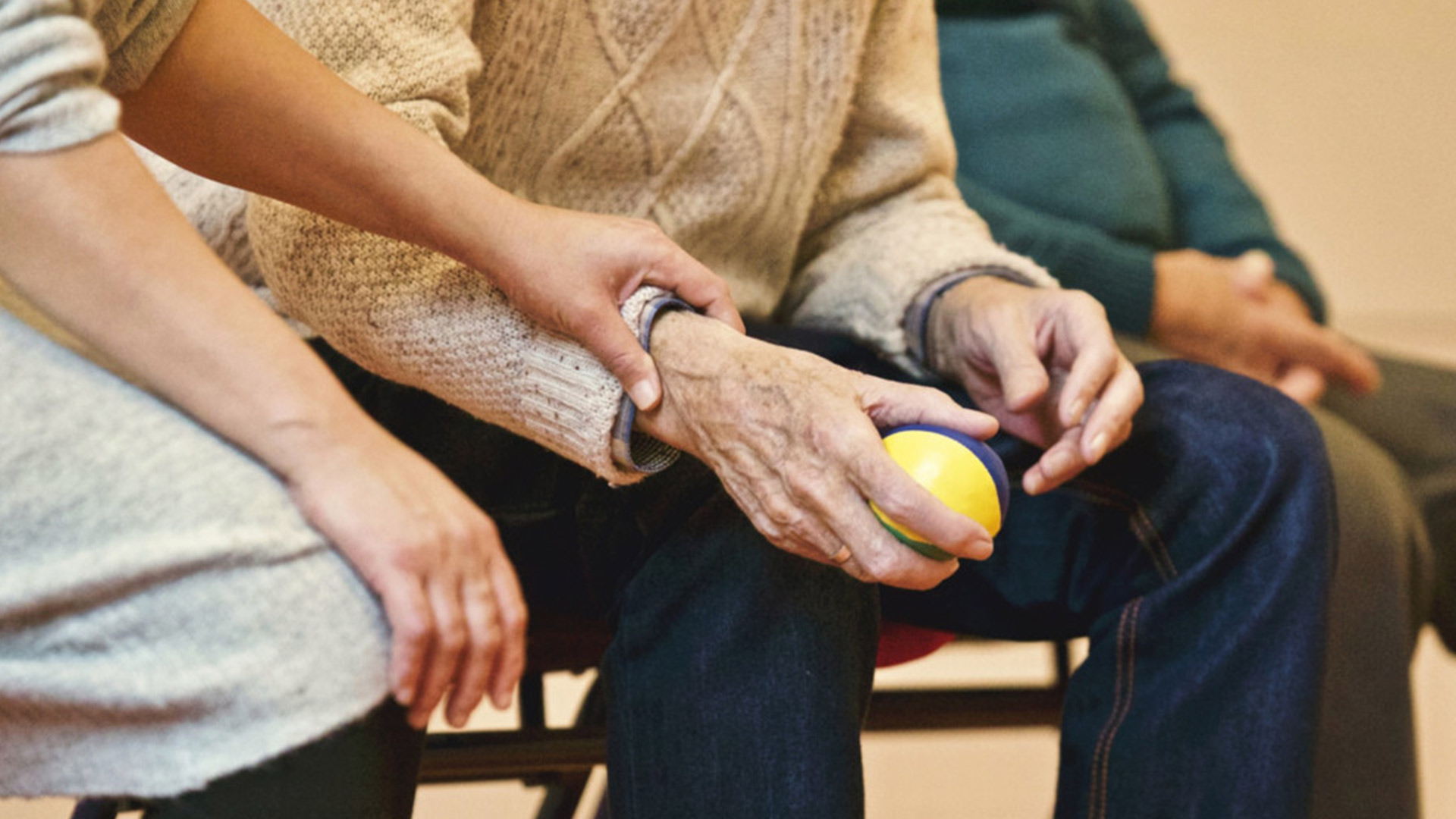A urethral sling can be used for some types of incontinence. It is a device that is suspended to compress the urethra. It is made from the patient's own tissue or a synthetic material and is used to create the urethral compression essential for bladder control.
